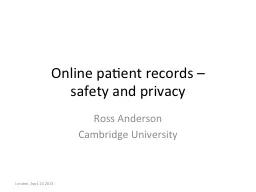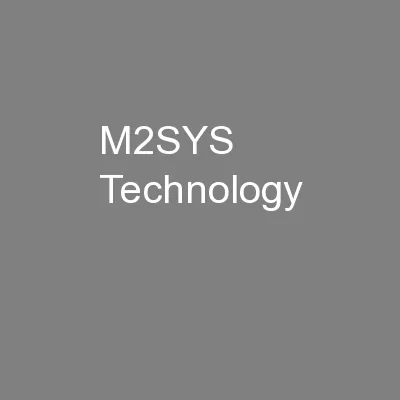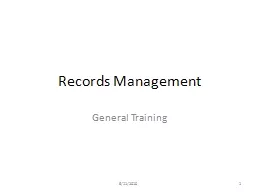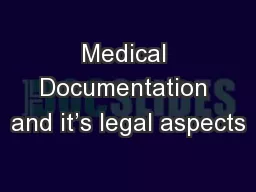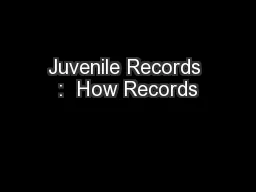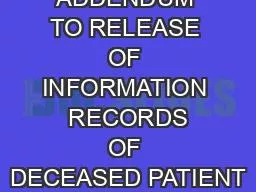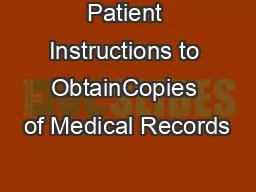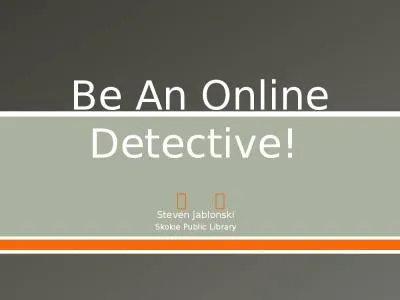PPT-Online patient records –
Author : faustina-dinatale | Published Date : 2017-06-29
safety and privacy Ross Anderson Cambridge University London April 24 2013 Synopsis Health privacy is everywhere under threat with tussles in one country after
Presentation Embed Code
Download Presentation
Download Presentation The PPT/PDF document "Online patient records –" is the property of its rightful owner. Permission is granted to download and print the materials on this website for personal, non-commercial use only, and to display it on your personal computer provided you do not modify the materials and that you retain all copyright notices contained in the materials. By downloading content from our website, you accept the terms of this agreement.
Online patient records –: Transcript
Download Rules Of Document
"Online patient records –"The content belongs to its owner. You may download and print it for personal use, without modification, and keep all copyright notices. By downloading, you agree to these terms.
Related Documents

